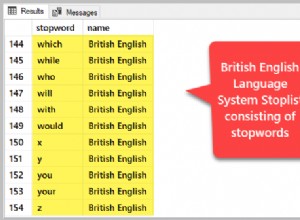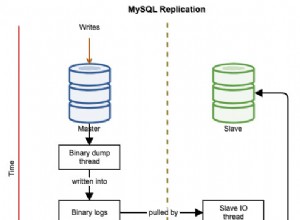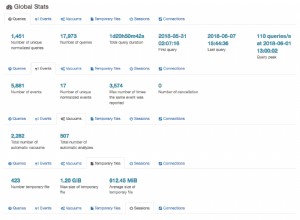Một tùy chọn là sử dụng một cái gì đó giống như hàm sau để biến một khung dữ liệu cục bộ thành một khung dữ liệu từ xa bằng cách sử dụng SQL ngay cả khi sử dụng kết nối chỉ đọc .
df_to_pg <- function(df, conn) {
collapse <- function(x) paste0("(", paste(x, collapse = ", "), ")")
names <- paste(DBI::dbQuoteIdentifier(conn, names(df)), collapse = ", ")
values <-
df %>%
lapply(DBI::dbQuoteLiteral, conn = conn) %>%
purrr::transpose() %>%
lapply(collapse) %>%
paste(collapse = ",\n")
the_sql <- paste("SELECT * FROM (VALUES", values, ") AS t (", names, ")")
temp_df_sql <- dplyr::tbl(conn, dplyr::sql(the_sql))
return(temp_df_sql)
}
Đây là hình ảnh minh họa về chức năng đang được sử dụng. Chức năng đã được thử nghiệm trên PostgreSQL và SQL Server, nhưng sẽ không hoạt động trên SQLite (do thiếu VALUES từ khóa hoạt động theo cách này). Tôi tin rằng nó sẽ hoạt động trên MySQL hoặc Oracle, vì chúng có VALUES từ khóa.
library(dplyr, warn.conflicts = FALSE)
library(DBI)
pg <- dbConnect(RPostgres::Postgres())
events <- tibble(firm_ids = 10000:10024L,
date = seq(from = as.Date("2020-03-14"),
length = length(firm_ids),
by = 1))
events
#> # A tibble: 25 x 2
#> firm_ids date
#> <int> <date>
#> 1 10000 2020-03-14
#> 2 10001 2020-03-15
#> 3 10002 2020-03-16
#> 4 10003 2020-03-17
#> 5 10004 2020-03-18
#> 6 10005 2020-03-19
#> 7 10006 2020-03-20
#> 8 10007 2020-03-21
#> 9 10008 2020-03-22
#> 10 10009 2020-03-23
#> # … with 15 more rows
events_pg <- df_to_pg(events, pg)
events_pg
#> # Source: SQL [?? x 2]
#> # Database: postgres [[email protected]/tmp:5432/crsp]
#> firm_ids date
#> <int> <date>
#> 1 10000 2020-03-14
#> 2 10001 2020-03-15
#> 3 10002 2020-03-16
#> 4 10003 2020-03-17
#> 5 10004 2020-03-18
#> 6 10005 2020-03-19
#> 7 10006 2020-03-20
#> 8 10007 2020-03-21
#> 9 10008 2020-03-22
#> 10 10009 2020-03-23
#> # … with more rows




